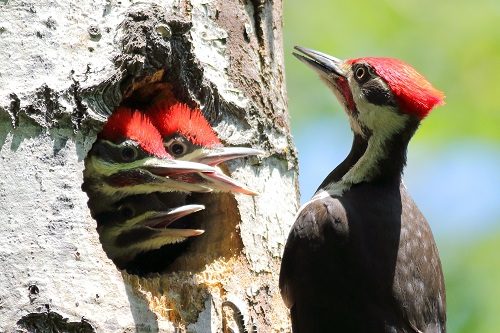Engage students in STEM (science, technology, engineering, and math) as they explore why snags make excellent habitats for a whole host of living communities – including birds, mammals, insects, fungi, amphibians, and reptiles. The suggestions below are enrichments for Project Learning Tree’s “Trees as Habitats” activity, found in PLT’s PreK-8 Environmental Education Activity Guide. Be sure to check out the full lesson!
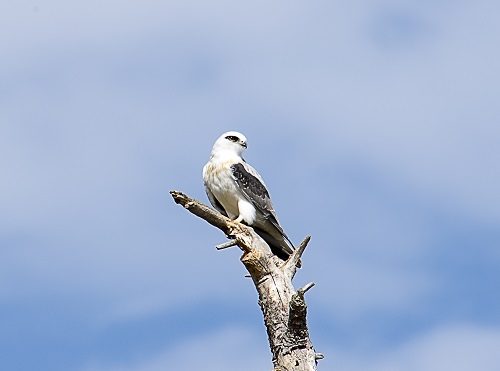 Getting Started: Invite students to watch this short video to develop their knowledge about why snags (standing, dead trees) make great wildlife habitat.
Getting Started: Invite students to watch this short video to develop their knowledge about why snags (standing, dead trees) make great wildlife habitat.
Essential Question: Why does a snag make such good habitat for a diversity of biotic (living) and abiotic (non-living) organisms?
Task: Investigate the physical structure of a tree. Compare the differences between the characteristics of a tree that is alive and one that is dead.
NGSS Connections:
- 5-LS2-1 Ecosystems: Interactions, Energy, and Dynamics – Develop a model to describe the movement of matter among plants, animals, decomposers, and the environment.
- MS-LS2-1 Ecosystems: Interactions, Energy, and Dynamics – Analyze and interpret data to provide evidence for the effects of resource availability on organisms and populations of organisms in an ecosystem.
- HS-LS2-2 Ecosystems: Interactions, Energy, and Dynamics – Use mathematical representations to support and revise explanations based on evidence about factors affecting biodiversity and populations in ecosystems of different scales.
STEM Strategies
Science
Read about snags and why they are considered “wildlife trees.” The wood of a tree (xylem) is hard when the tree is alive. When a tree dies, it is invaded by fungi that work to decompose it. As the wood decomposes it becomes softer, making it easier for birds and mammals to construct nesting cavities, and insects to borrow.
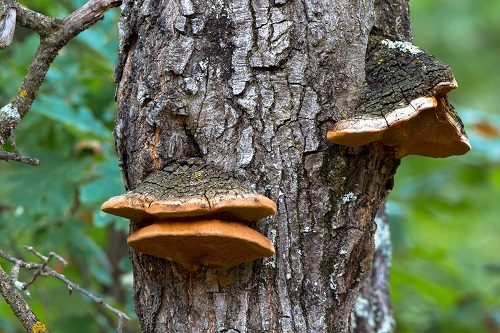
Technology
A dead tree’s decomposition rate depends largely on two important climatic factors — temperature and moisture.
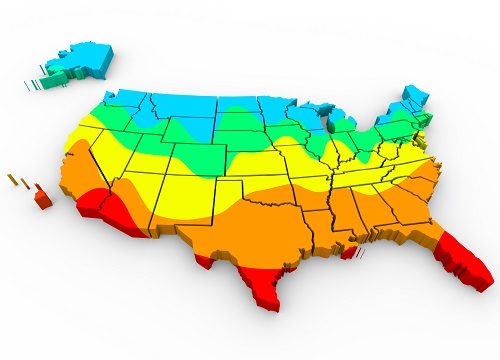
Invite students to research their local climate data using weather averages made available by Weatherbase. Paying attention to the available datasets for temperature and moisture, challenge students to compare this local data to the same factors found in a drastically different climate. For example, if you live in the humid, warm climate of Athens, Georgia, consider looking for data from a location in the dry, hot southwest, such as Santa Fe, New Mexico. Compare the monthly averages for each location over the course of an entire year. After studying the data, what can be concluded about the decomposition rates for each location?
Engineering
Challenge students to design the perfect snag that will provide habitat for a diversity of wildlife. Invite students to imagine themselves as geneticists with the ability to grow trees that will become the perfect snag habitat. Based on their newfound knowledge of snags and their importance to the ecosystem, students can create a list of desirable traits that ideal snags might possess. Use tactile objects or a free, online three-dimensional drawing tool (such as Vectary or Tinkercad) to create a model that shows how these traits will make your tree the “perfect snag.”
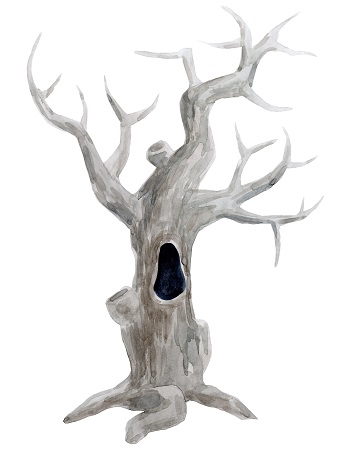 Math
Math
Now that students have learned the value of snags as habitat for many wildlife species, exercise their critical thinking skills by asking: What if there are no snags around for wildlife to use? Introduce the idea of building artificial nesting sites for animals such as birds, small mammals, and insects. Select a bird species in your area and — with the help of USDA’s Natural Resource Conservation Service technical resource guide — calculate the cost of materials required to construct one artificial nest.
For more complicated math, consider asking students to calculate the total cost of constructing artificial nests over the next 10 years, assuming each bird requires one nest. To solve this problem, students must understand how to calculate the growth rate of a population. This 5-minute YouTube tutorial can be used to explain the mathematical process behind calculating a population growth rate. Design a problem posing variables for students to manipulate, such as:
- Total time period: 10 years
- Starting population: 5 birds
- Number of new birds each year: 3 birds
Students will not only be tasked with computing the population growth rate, but also the costs behind constructing artificial nests to support this population over the next 10 years.
Additional Resources
Don’t have PLT’s PreK-8 Environmental Education Activity Guide?
- Purchase a print guide or e-book, available from PLT.org, Amazon and other places where books are sold.
- Get it through your PLT State Coordinator along with hands-on professional development, alignments to state standards and other state-specific supporting resources.
Don’t consider yourself a formal teacher?
- Check out PLT’s Trees as Habitats family activity. We have 40+ nature activities for families that can be easily used by parents, grandparents, youth group leaders, nature centers, and other nonformal programs.


